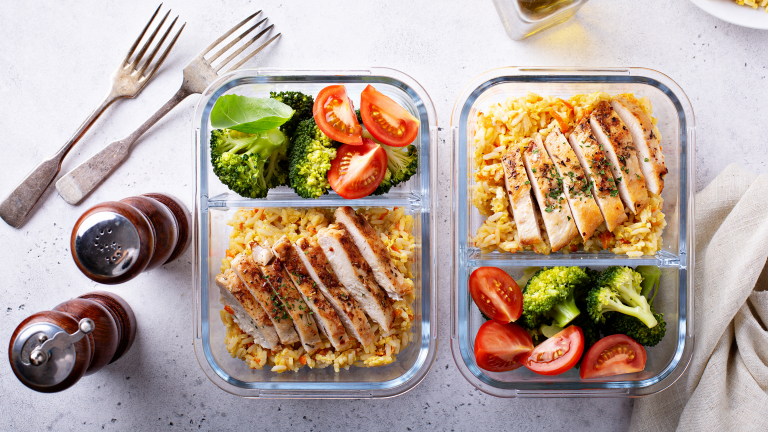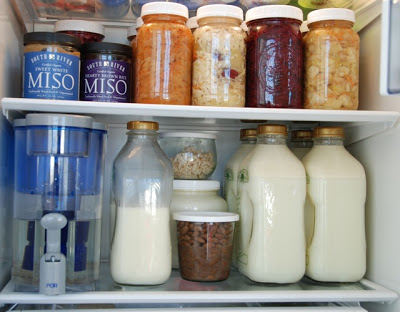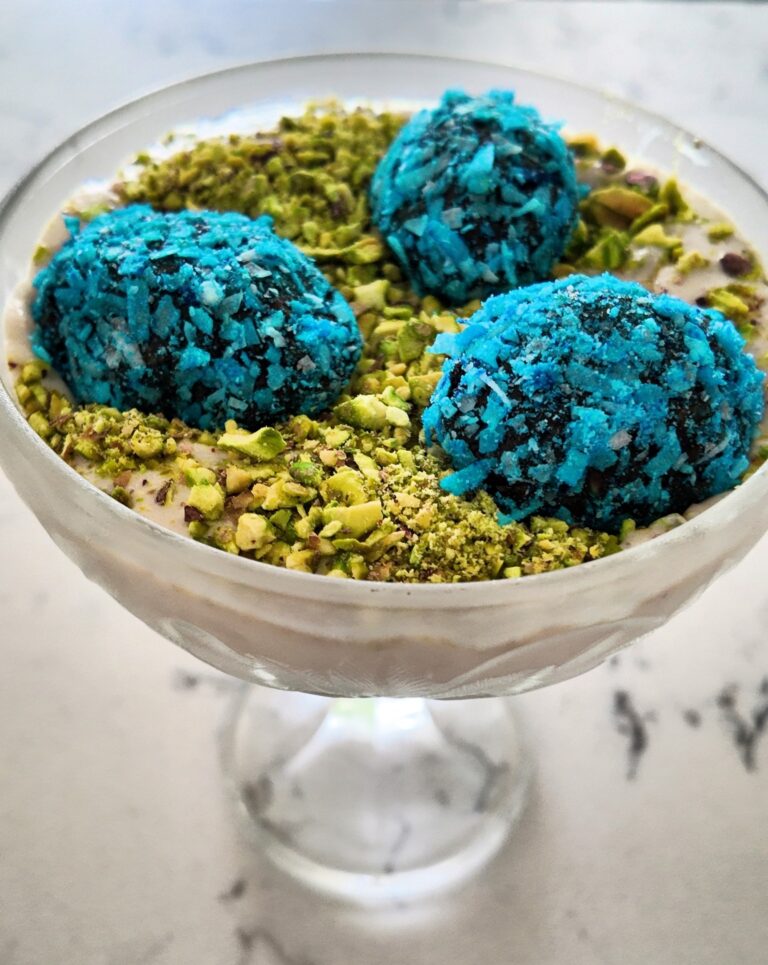
The holiday season transforms our kitchens into fragrant workshops of joy, where the alchemy of butter, sugar, and spice creates edible magic. This year, elevate your baking tradition with DoughGirl’s curated collection of essential holiday treats. From nostalgic classics that evoke childhood memories to innovative twists that will surprise your guests, each recipe has been carefully selected to bring warmth and sweetness to your celebrations.
1. Classic Spiced Pumpkin Pie
The top recommendation from DoughGirl is the classic spiced pumpkin pie—a dessert so iconic that no holiday table feels complete without it. Just the warm, spicy aroma alone signals the arrival of the season. This timeless pie blends the earthy sweetness of pumpkin with a perfect harmony of cinnamon, nutmeg, and cloves, all nestled in a buttery, flaky crust that crumbles delicately with every bite.
For the silkiest texture, strain your pumpkin puree through cheesecloth to remove excess moisture. The secret to a perfectly set filling lies in baking the pie just until the center jiggles slightly when shaken – it will firm up beautifully as it cools. Consider garnishing with candied pepitas for an elegant crunch that elevates the presentation.
2. Salted Caramel Apple Pie
Imagine tender, cinnamon-kissed apples swimming in golden caramel, all encased in a crisp, lattice-topped crust with flakes of sea salt that make each flavor pop. This pie transforms the familiar apple dessert into a sophisticated showstopper.
Create depth of flavor by mixing tart Granny Smith apples with sweeter varieties like Fuji or Honeycrisp. For professional results, brush the lattice with egg wash. Sprinkle with turbinado sugar before baking to achieve that perfect golden sheen. The caramel sauce must coat the back of a spoon. If it’s too thin, it will make the crust soggy.
3. Chocolate Pecan Pie
This Southern belle gets a decadent makeover with the addition of rich chocolate, creating a dessert that’s at once familiar and excitingly new. The interplay of toasted pecans, gooey filling, and bittersweet chocolate creates a symphony of textures and flavors that will have guests swooning.
Toast your pecans at 350°F for 8 minutes to unlock their full flavor potential. Using a double boiler when melting the chocolate will prevent scorching. Patience here pays off in velvety texture. For an adult twist, add a tablespoon of bourbon to the filling for complexity.
Arrange the pecans in concentric circles before pouring in the filling for a professional-looking finish that’s sure to impress.
4. Gingerbread Cookies
The spicy aroma of gingerbread baking is like bottled holiday spirit, filling your home with warmth and anticipation. These cookies offer the perfect canvas for creativity, whether you prefer simple, rustic shapes or elaborate decorated masterpieces.
For the best flavor, let the dough rest overnight – this allows the molasses and spices to meld beautifully. When rolling, keep the dough about 1/4-inch thick for cookies that are crisp at the edges but slightly chewy in the center.
5. Peppermint Chocolate Crinkle Cookies
These stunning cookies look like they’ve been dusted with fresh snow, their crackled surfaces revealing rich chocolate interiors with a refreshing peppermint kick. They’re as beautiful to look at as they are delicious to eat, making them perfect for holiday cookie exchanges.
Chill the dough thoroughly (at least 3 hours) for those perfect crinkles. When coating in powdered sugar, roll the dough balls twice – once before chilling and again right before baking for maximum snowy effect. Add crushed candy canes to the sugar coating for extra festive flair.
Layer these in a clear cookie tin with parchment between layers for a gift that looks as professional as it tastes.
6. Cranberry-Orange Linzer Cookies
If you enjoy orange brownies, you’ll do the same with this cookie. A festive twist on the classic Linzer cookie, these delicate shortbread-like treats feature a tangy cranberry-orange jam peeking through a snow-dusted cutout. The buttery almond dough and vibrant filling create a perfect balance of sweet and tart. It is ideal for holiday cookie platters.
For the smoothest jam, simmer fresh cranberries with orange zest and a touch of honey until thickened, then strain for a silky texture. Chill the dough twice: once before rolling and again after cutting shapes to prevent spreading. Dust with powdered sugar after assembling to keep the jam window pristine.
7. Eggnog Custard Pie with Rum Whipped Cream
This luxurious pie captures the essence of holiday eggnog in a velvety, spiced custard nestled in a flaky, nutmeg-scented crust. Topped with a cloud of rum-spiked whipped cream, it’s a nostalgic yet elegant finale to any festive meal.
Use freshly grated nutmeg for the brightest flavor in both the crust and filling. Bake in a water bath to ensure the custard sets gently without curdling. For adults, add a splash of dark rum to the filling; for a family-friendly version, substitute rum extract. Garnish with a sprinkle of cinnamon or gold leaf for a dazzling presentation.

Final Thoughts
As the holiday season unfolds, let these DoughGirl recipes fill your home with the irresistible aromas of butter, spice, and joy. Each pie and cookie tells its own delicious story, creating moments of connection and celebration around your table. Whether you’re continuing long-held family traditions or starting new ones, these treats will become the sweet foundation of your holiday memories.



























